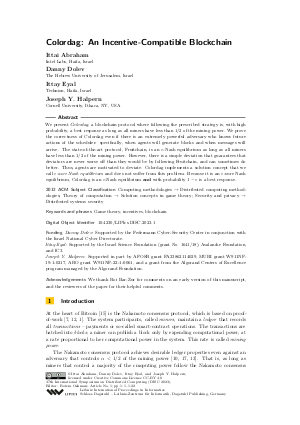LIPIcs.DISC.2023.1.pdf
- Filesize: 0.71 MB
- 22 pages

 Creative Commons Attribution 4.0 International license
Creative Commons Attribution 4.0 International license



















Feedback for Dagstuhl Publishing